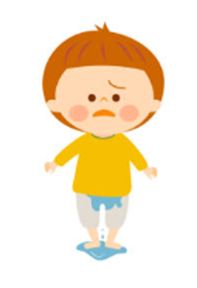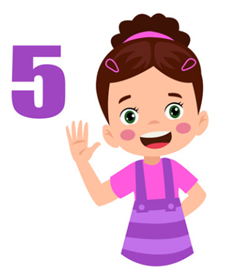Pelvic Floor Therapy for Kids
What is pelvic floor therapy?
Pelvic floor therapy is for children who have previously been potty trained and lost their ability to control their urine/bowel movements resulting in day or nighttime leaks. This is often due to lack of strength or coordination of the pelvic floor muscles.
Who is appropriate for pelvic floor therapy referral?
A child who:

- Was successfully potty trained but lost that function

- Is five years or older

- Has typically developing cognitive abilities
- Can understand simple commands
- Demonstrates appropriate maturity levels.
Common diagnoses treated-but not limited to:
- Urinary incontinence
- Urge incontinence
- Overactive bladder
- Urinary Tract Infections (UTIs)
- Bedwetting
- Constipation
- Fecal incontinence
- Neurogenic bladder
Typical Signs and Symptoms
Daytime:
- Severe urge before voiding or having a bowel movement
- Lack of urge leading to a bowel or bladder leak
- High voiding frequency: 8+per day
- Low voiding frequency: 3 or less per day
- Bowel or bladder leaks during high exertion activities-running, jumping, etc
- Complete voiding during or immediately after laughing
- Slow, uneven urine flow, sometimes inability to urinate
- Pain with urination or bowel movements
- Holding or refusal to use the bathroom
Nighttime:
- Bladder or bowel leaks while asleep
- Frequent: Four or more times per week
- Infrequent: Less than 4 times per week
How can I help my child before their first therapy visit:
- Talk to your child about this visit prior to coming. Help them become more comfortable talking openly about the challenges their body is facing with going to the bathroom.
- Watch this video: “The Poo in You” for a brief explanation of how constipation impacts a child’s pelvic floor functioning.
What to expect when you come for therapy
Initial evaluation:
- General birth and medical history review
- Bowel and bladder history review
- Physical Exam including
- External pelvic exam
- Range of motion and muscle strength testing
- Neurologic screen
- Education covering:
- The pelvic floor program and expectations
- how constipation relates to bowel and bladder leaks
- Biofeedback and how it’s used in pelvic floor therapy
- Introduction to a bowel and bladder diary
Ongoing treatment visits:
- Education and discussion on behavior modifications related to bowel and bladder functioning
- Strengthening of the pelvic floor muscle group using biofeedback
- Exercises designed to help strengthen or improve mobility of the hip and core.
- Home programming focused on improving bowel and bladder function unique to your child and family’s needs.
- Breathing techniques
How long will my child be seen for therapy?
- Every child’s care plan will vary depending on their specific needs. Typically, treatment care plans are 12-20 visits. Visits are often more frequent in the beginning and decrease with progress or as appropriate. A child can often be followed for up to a year. Following the home treatment plan is key and largely influences your child’s progress and care plan.
- Therapy is performed with the consent and comfort of the child.
Questions?
- Contact physical therapists McKenzie Adams, or Lindsey Mork at 507-388-5437.